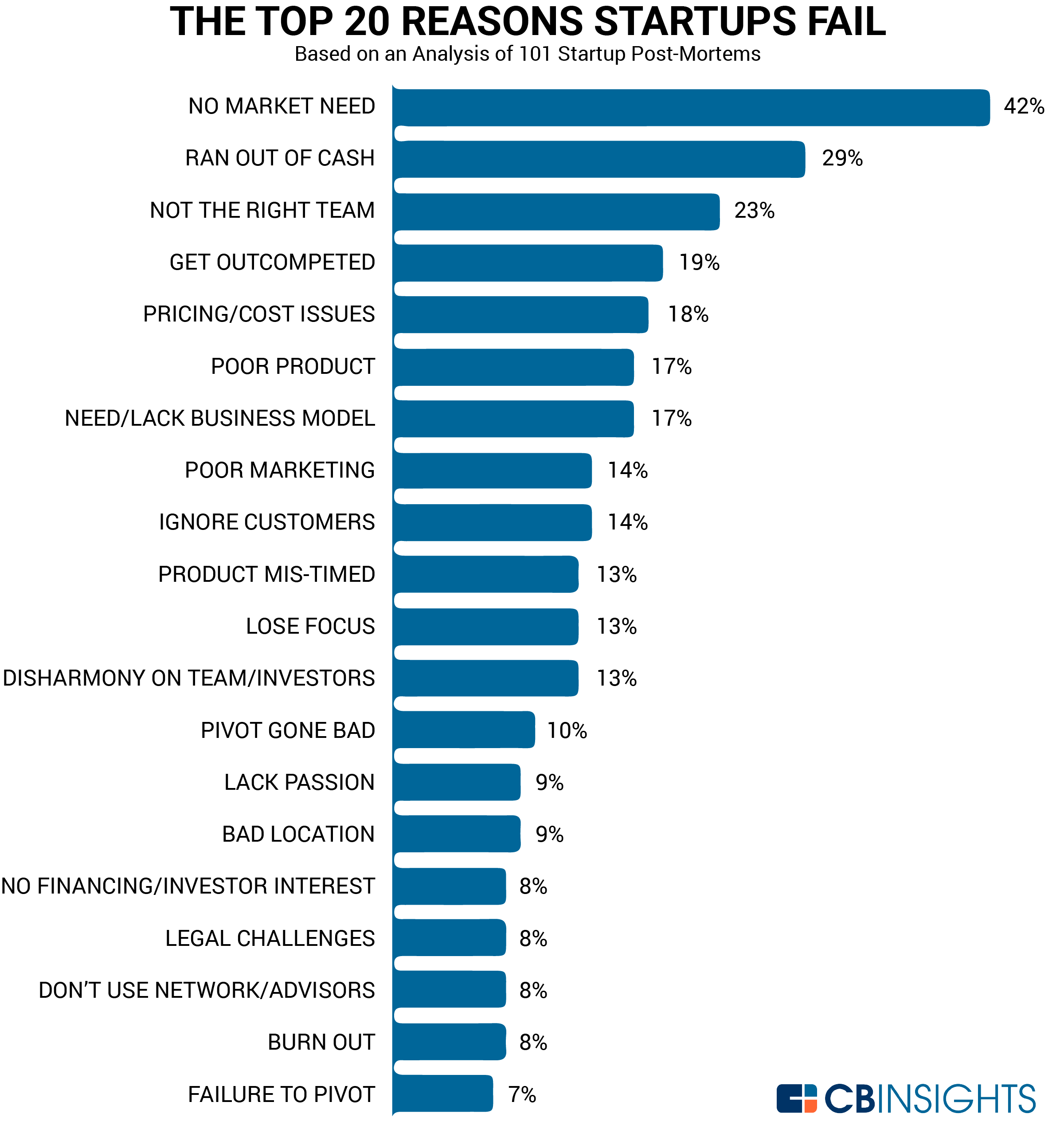- Play To Win: Avoid 5 Common Small Business Fails To Be
- Play To Win: Avoid 5 Common Small Business Fails Using
- Play To Win: Avoid 5 Common Small Business Fails Fail

A sluggish network can mean cranky users, loss of productivity, and big headaches for the IT staff. But solving-and even preventing-slowdowns is a whole lot easier when you know the most likely. Troubleshoot and fix coauthoring errors. Note: You can also select all and copy, paste the document into a new window, and then select Discard Changes.You can then add back any changes that didn't make it to the server copy. Here's how to avoid a common mistake small businesses make when applying for loans, according to an SBA official Published Wed, Apr 22 2020 12:06 PM EDT Updated Tue, Jan 12 2021 10:35 AM EST Megan. Another common reason small businesses fail is a lack of business acumen on the part of the management team or business owner. In some instances, a business owner is the only senior-level person. If wagering requirements are harder (you need to win/play more times to win the bonus), it is better to settle for a less attractive bonus offer, that has easier wagering requirements. Realistically speaking, you might fail to land the bigger bonus, so you get nothing out of it while landing a smaller bonus with easier wagering requirements.
It’s crazy to think that 88% of the Fortune 500 firms that existed in 1955 are gone. These companies have either gone bankrupt, merged, or still exist but have fallen from the top Fortune 500 companies. Most of the companies on the list in 1955 are unrecognizable, forgotten companies today. As the life expectancies of companies continue to shrink, organisations must be more vigilant than ever in remaining innovative and future-proofing their businesses.
Here are 10 famous companies that failed to innovate, resulting in business failure.

1. Blockbuster (1985 – 2010)
Home movie and video game rental services giant, Blockbuster Video, was founded in 1985 and arguably one of the most iconic brands in the video rental space. At its peak in 2004, Blockbuster employed 84,300 people worldwide and had 9,094 stores. Unable to transition towards a digital model, Blockbuster filed for bankruptcy in 2010.
In 2000, Netflix approached Blockbuster with an offer to sell their company to Blockbuster for US$50 million. The Blockbuster CEO, was not interested in the offer because he thought it was a 'very small niche business' and it was losing money at the time. As of July 2017, Netflix had 103.95 million subscribers worldwide and a revenue of US$8.8bn.
Play To Win: Avoid 5 Common Small Business Fails To Be
2. Polaroid (1937 – 2001)
Founded in 1937, Polaroid is best known for its Polaroid instant film and cameras. Despite its early success in capturing a market that had few competitors, Polaroid was unable to anticipate the impact that digital cameras would have on its film business. Falling into the ‘success trap’ by exploiting only their (historically successful) business activities, Polaroid neglected the need to explore new territory and enhance their long-term viability.
The original Polaroid Corporation was declared bankrupt in 2001 and its brand and assets were sold off. In May 2017, the brand and intellectual property of the Polaroid corporation was acquired by the largest shareholder of the Impossible Project, which had originally started out in 2008 by producing new instant films for Polaroid cameras Impossible Project was renamed Polaroid Originals in September 2017.
3.Toys R Us (1948 – 2017)
Toys “R” Us is a more recent story about the financial struggle one of the world’s largest toy store chains. With the benefit of hindsight, Toys 'R' Us may have led to its own undoing when it signed a 10-year contract to be the exclusive vendor of toys on Amazon in 2000. Amazon began to allow other toy vendors to sell on its site in spite of the deal, and Toys 'R' Us sued Amazon to end the agreement in 2004. As a result, Toys 'R' Us missed the opportunity to develop its own e-commerce presence early on. Far too late, Toys “R” Us announced in May 2017 its plan to revamp its website as part of a $100 million, three-year investment to jump-start its e-commerce business.
While filing for bankruptcy in September 2017 under pressure from its debt of US$1bn and fierce online retail competition, it has continued to keep its physical stores open.
4. Pan Am (1927 – 1991)
Pan American World Airways (aka Pan Am), founded in 1927, was the largest international air carrier in the United States. The company was known as an industry innovator and was the first airline to offer computerised reservation systems and jumbo jets.
Play To Win: Avoid 5 Common Small Business Fails Using
The downfall of Pan Am is attributed to was a combination of corporate mismanagement, government indifference to protecting its prime international carrier, and flawed regulatory policy. By over-investing in its existing business model and not investing in future, horizon 3, innovations, Pan Am filed for bankruptcy in 1991. Pan Am is survived only in pop culture through its iconic blue logo, which continues to be printed on purses and T-shirts and as the subject of a TV show on ABC starring Christina Ricci.
5. Borders (1971 – 2011)
Play To Win: Avoid 5 Common Small Business Fails Fail
Borders was an international book and music retailer, founded by two entrepreneurial brothers while at university. With locations all around the world but mounting debt, Border was unable to transition to the new business environment of digital and online books. Its missteps included holding too much debt, opening too many stores as well as jumping into the e-reader business to late.

Sadly, Borders closed all of its retail locations and sold off its customer loyalty list, comprising millions of names, to competitor Barnes & Noble for US$13.9 million. Borders' locations have since been purchased and repurposed by other large retailers.
